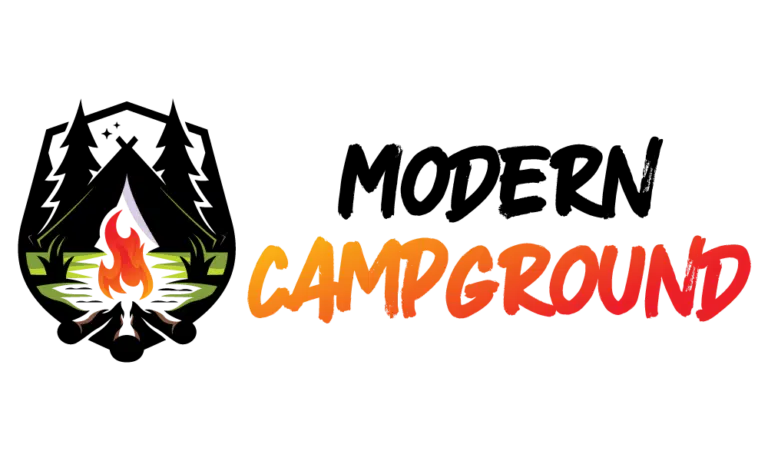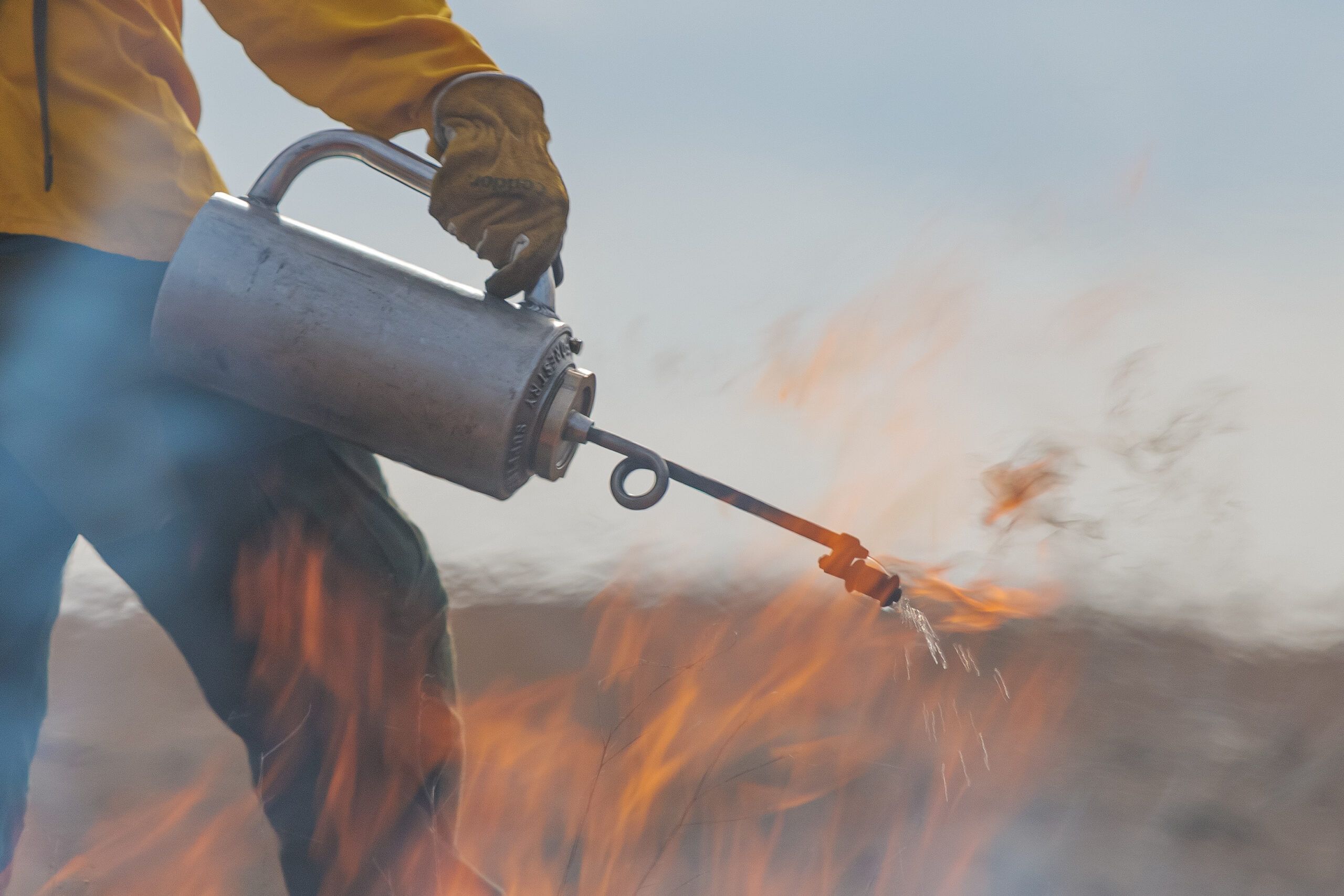Heavy rain across the Española Ranger District forced fire managers to pause ignitions on the Borrego Campground prescribed burn and push the remaining work to Tuesday, Oct. 28, according to an official notice. The 399-acre project had 99 acres left to treat when significant moisture fell Oct. 23-24, making fuels too wet for safe burning.
The prescribed fire sits within the Santa Fe National Forest and is designed to reduce hazardous vegetation that could feed future wildfires threatening nearby communities and infrastructure.
Classified as a “jackpot burn,” the operation targets concentrated pockets of downed logs and slash under narrow weather and moisture conditions so flames stay low and controllable, a recent project update said.
Crews lit the first match Wednesday, Oct. 22, and completed 300 acres before the storm system arrived. Ignitions were postponed because the project area received significant moisture on October 23-24, and fire managers decided to wait until conditions dry out.
Smoke from the prescribed burn was expected to be visible in nearby communities such as Cordova, Chimayo, Cundiyo, Truchas, Taos, and Santa Fe. Campground and RV-park operators along those travel corridors are encouraged to check AirNow’s air-quality index each morning and share readings with incoming guests.
Campground and RV-park operators should send reservation emails, texts, app alerts or front-desk notices at least 24 hours before forecast smoke, and offer no-fee rebooking or vouchers to keep revenue and goodwill intact.
They can also keep particulate masks on hand and identify indoor, well-ventilated refuges, post the daily AQI where guests gather and on social media, coordinate with fire officials so road and trail status stays current in check-in instructions, and train staff to explain why prescribed fire lowers long-term wildfire risk.
Clear, proactive communication can prevent last-minute cancellations and help visitors understand the ecological upside of an intentional burn.
The operation is a partnership among the City of Santa Fe Fire Department, the New Mexico Energy, Minerals and Natural Resources Department and the Youth Conservation Corps. Such interagency models offer private park owners a template for teaming with public agencies on larger fuel-reduction goals.
Property managers can mirror that strategy on their own land by maintaining a 30-foot defensible space around structures, chipping excess slash into mulch no deeper than three inches and creating shaded fuel breaks along internal roads that double as emergency lanes.
Scheduling small pile burns during wet seasons, choosing fire-resistant materials when renovating and joining programs such as Firewise USA can further harden facilities while opening doors to insurance discounts and staff training.
If drying conditions hold, crews expect to reignite on Oct. 28 and finish the last 99 acres that week, with any road or trail advisories issued through the Santa Fe National Forest.
The primary purpose of the prescribed fire is to reduce overgrown vegetation, thereby safeguarding local communities, infrastructure, and natural resources from potential wildfires.


